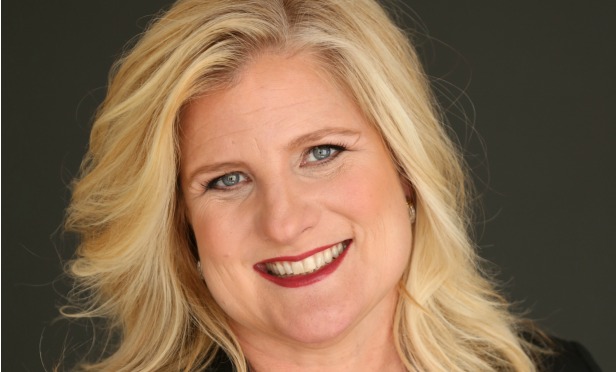“Los Angeles is still king,” says the latest investment outlook survey from CBRE. For the third consecutive year, the city claimed the top spot for investment interest in the US, followed by Dallas/Ft. Worth and New York City. The survey also found that most investors, both domestic and global capital, plan to increase investment in gateway markets like Los Angeles.
Like last year, a value-add strategy is still preferred, but investors this year are overwhelmingly favoring industrial product as the choice asset class. Of the investors surveyed, 50% named industrial as the most attractive asset class, while 20% preferred multifamily and 14% thought office was the best bet this year.
In 2017, Los Angeles was a top investment market and industrial was one of the most active asset classes. Barbara Emmons Perrier, vice chairman of capital markets at CBRE, expects that activity to grow in 2018 with more portfolio transactions and increased demand for product. We sat down with Emmons Perrier to talk about why Los Angeles continues to be a favored investment market and why industrial is now topping the list of most sought-after assets nationwide.
GlobeSt.com: Why do you think that year-over-year, Los Angeles continues to be a favored investment market?
Barbara Emmons Perrier: The amount of interest that we have had from global and domestic capital has been amazing. The reality is that Los Angeles is a gateway city, and it has become an easy city for Asian and Chinese investors to get to in terms of flights. It is a known commodity. Most institutional investors like to invest in the smile states, drawing a line from New York to L.A. and a few spots in between. For a lot of the groups that are investing from abroad, L.A. is also a safe haven because of the demographics and population.
GlobeSt.com: Industrial has become the most active asset class in the market. While it isn't surprising that the demand is high, it is surprising that the acquisition volume is so high considering the scarcity of supply. Have you seen the dearth of deals coming to market impact transaction volumes?
Emmons Perrier: There is definitely scarcity, and it is tough. There is, what we consider, a 10 to one imbalance of investors to assets. Because of that, when properties do come to market, there is a lot of competition. People say that we are underweighted in industrial, and we are also underweighted in the West. The combination of these factors makes it both a desirable and a difficult market for people to place money. When we have assets that come available that are class-A assets located in Southern California, we know we are going to get a lot of interest. It is just a question of where will the pricing go; it isn't a question of interest.
GlobeSt.com: Another factor that has impacted the L.A. market is the decline of Chinese investment. Have you seen that impact industrial acquisitions or do you expect it to affect deal volume this year?
Emmons Perrier: The Chinese are just a small component, to be honest. The number one area where we see the most investment is in the US is Canada. Singapore is also huge. We have a lot of interest from Japan, Middle Eastern money, although that money has been more aggressive in the Middle Eastern market because our yields are pretty thin. The Chinese investment had a bigger impact on other product types, like single-family homes, hospitality and office. It had less of an impact on industrial. There is so much capital chasing so few deals that having the Chinese drop off just makes it better for the rest of the bidders. It really doesn't affect the volume of sales.
GlobeSt.com: What are your biggest concerns for industrial this year?
Emmons Perrier: The one thing that is on everyone's mind is the feeling of where interest rates are going to go, because that certainly has an impact. If interest rates go up significantly, it is going to have an effect, there is just no way around it. If it goes up gradually and is controlled, I don't think it will have a huge effect.
GlobeSt.com: How do you expect deal volume in 2018 to compare to 2017?
Emmons Perrier: We have some bigger portfolios sales this year. We didn't have that many portfolio trades last year, and I expect that we will have more this year. Because of those portfolio sales, I expect that we will have higher volumes this year. That goes out year to year.
© 2025 ALM Global, LLC, All Rights Reserved. Request academic re-use from www.copyright.com. All other uses, submit a request to [email protected]. For more information visit Asset & Logo Licensing.








